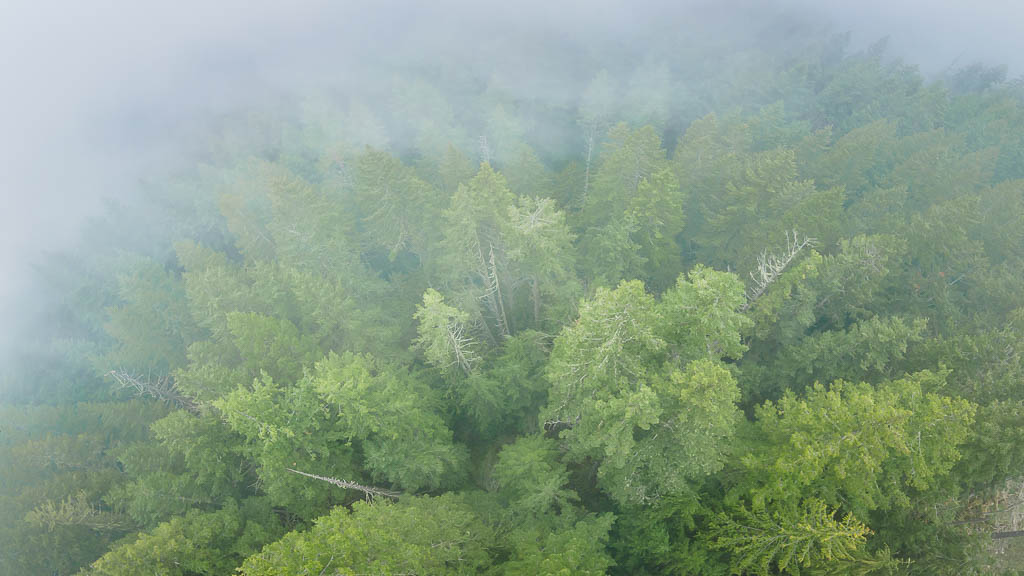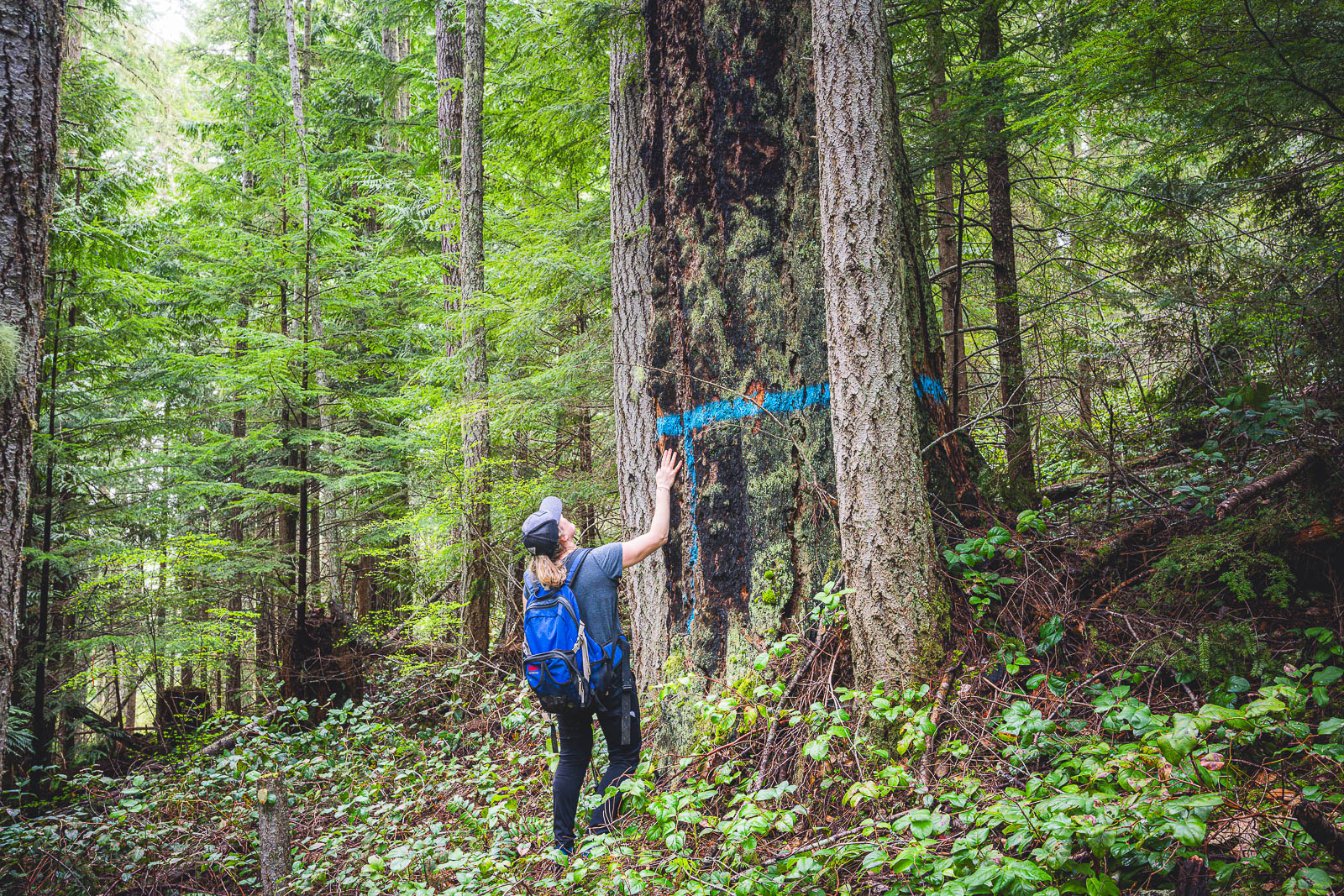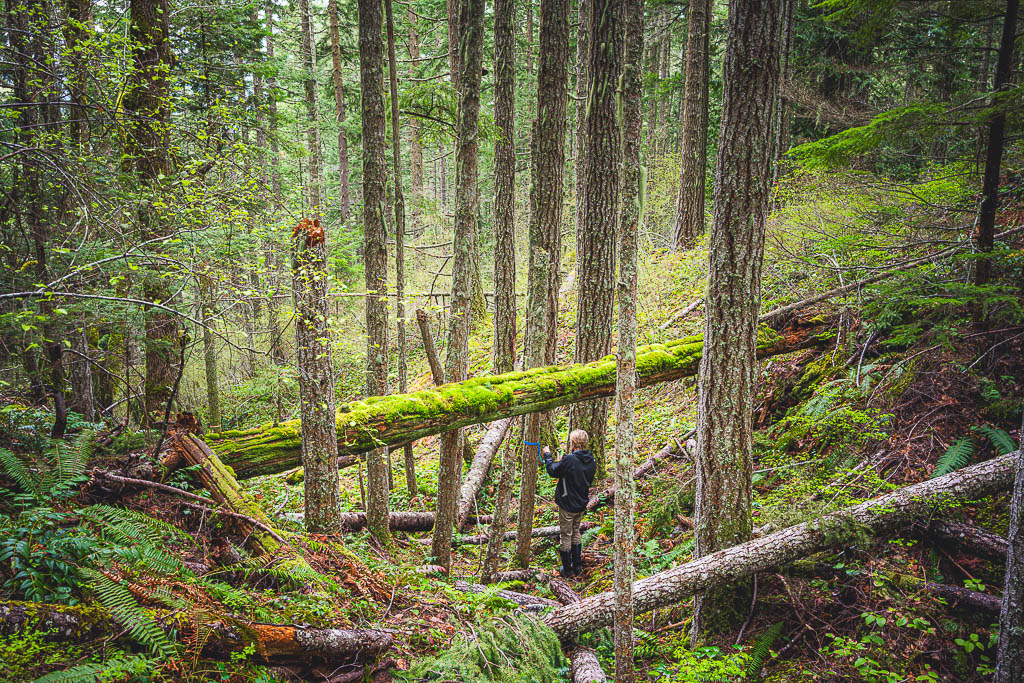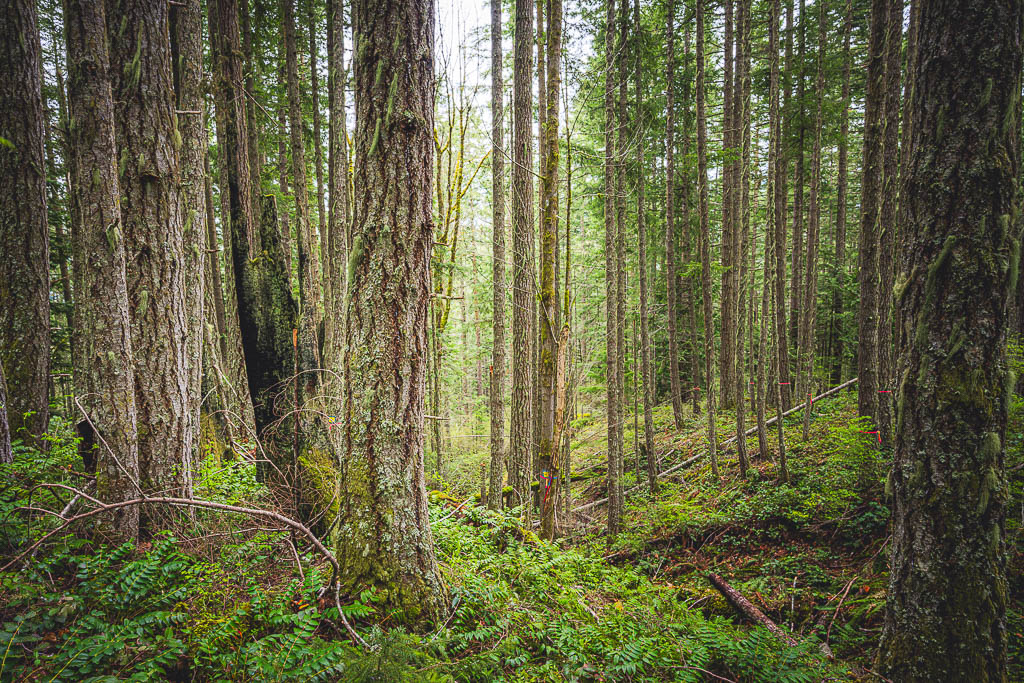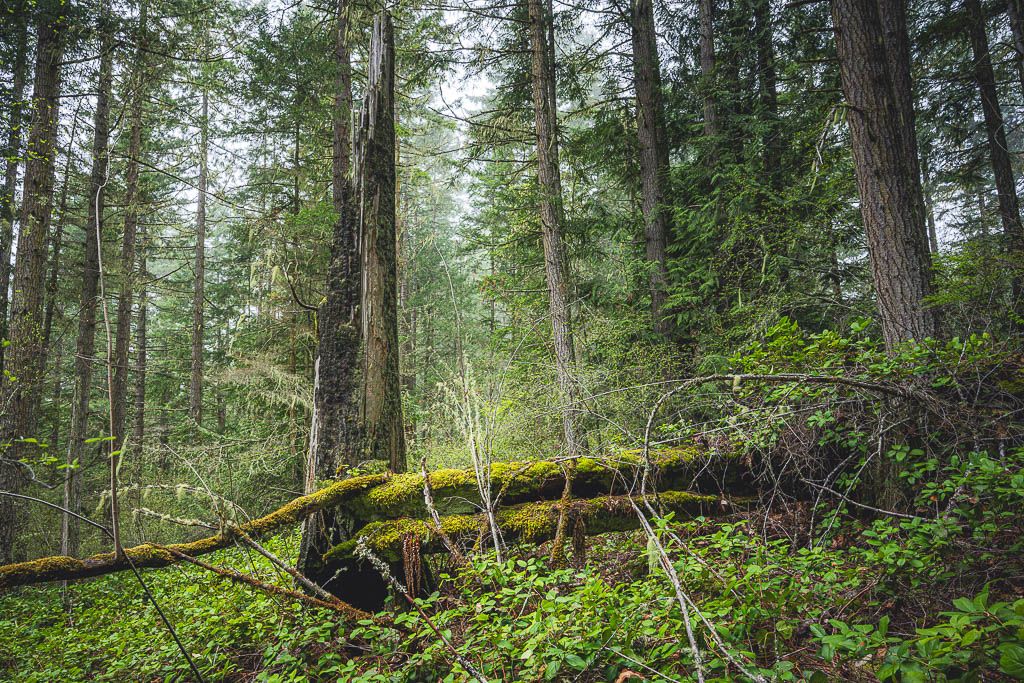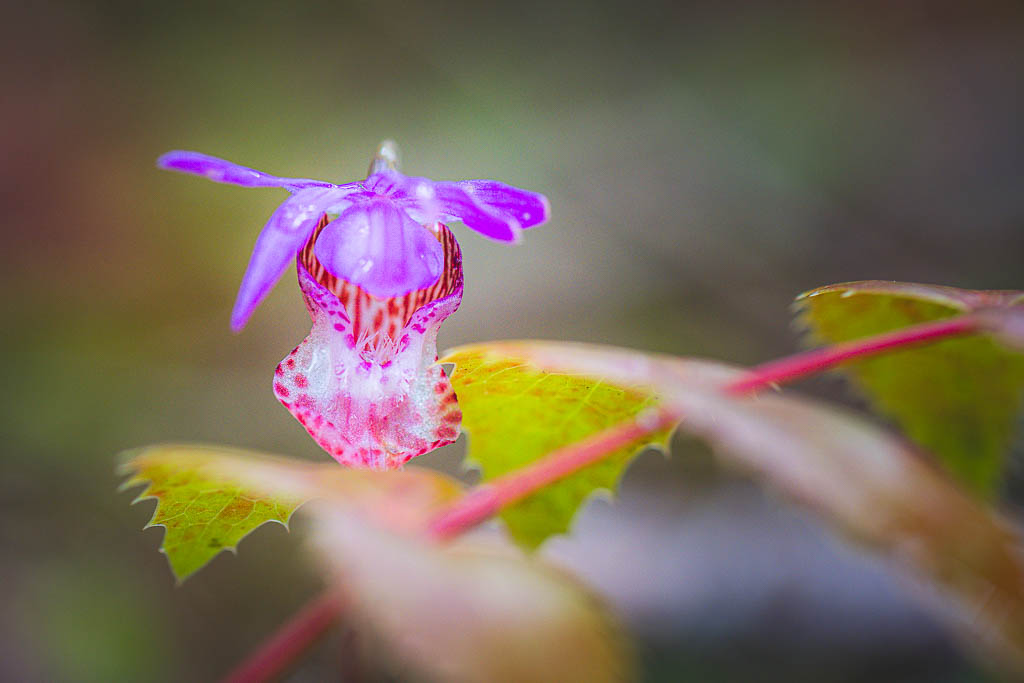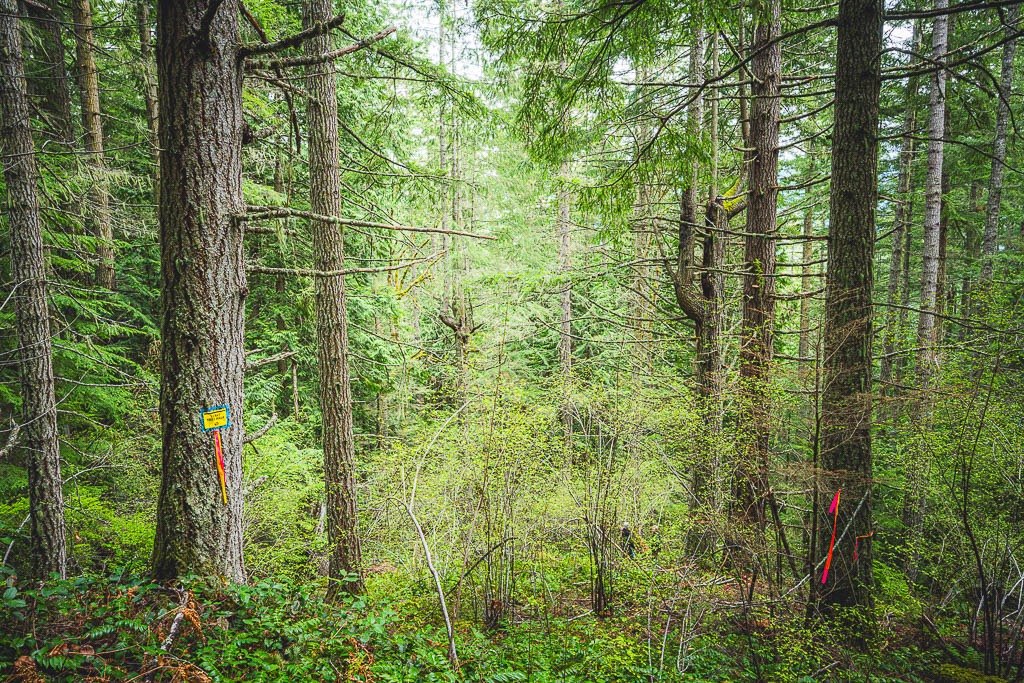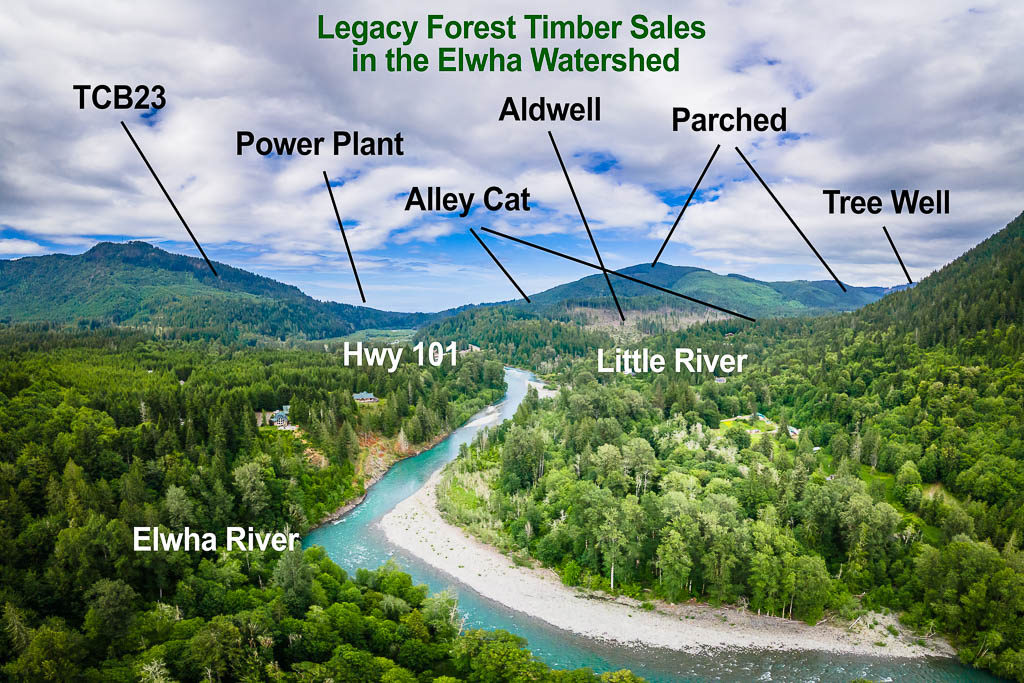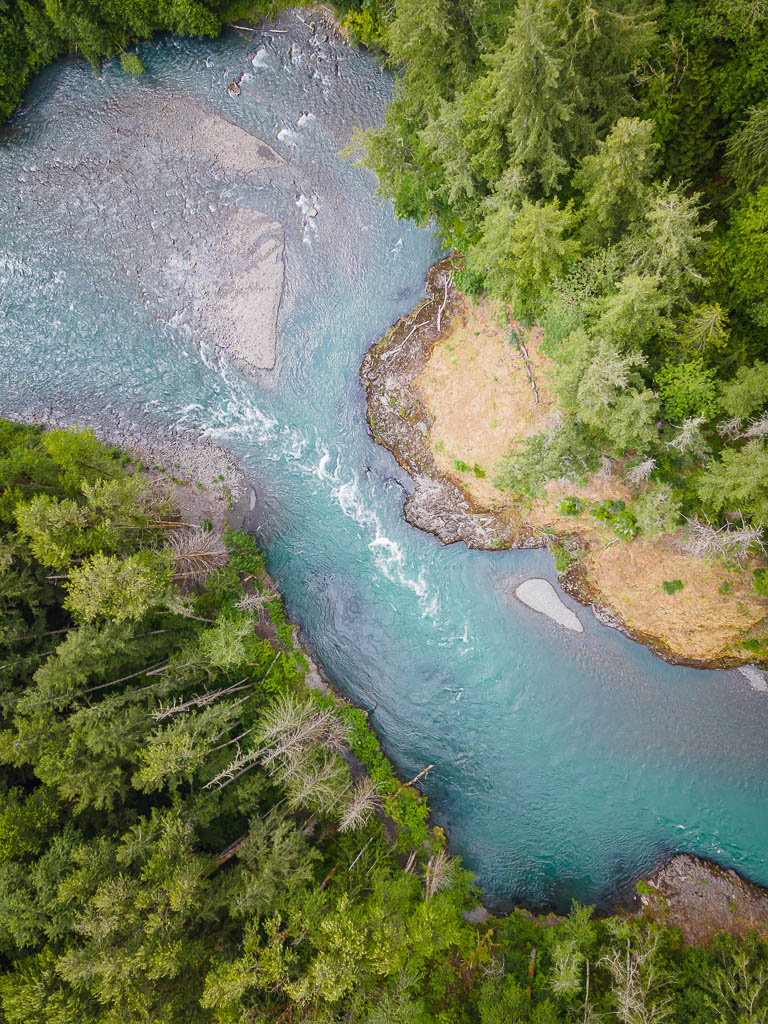Zoom in on the interactive Google Map to see where the DNR plans to log in the Elwha River Watershed.
Please help us save the Elwha River Watershed from more extractive logging!
The DNR timber sale named “Parched” will log approximately 192 acres near the Elwha River and Little River, and in the Elwha River Watershed.
The “Parched” timber sale was approved by the Board of Natural Resources Nov 5th, 2024. The Board of Natural Resources and DNR can cancel this sale and save this forest.
URGENT ACTION
Road building (logging a roadway and laying down gravel) has started in the Parched forest! It’s the first step in preparing for full logging. Please call (360) 902-1000 or email (cpl@dnr.wa.gov) Commissioner Upthegrove and the WA Board of Natural Resources (bnr@dnr.wa.gov) today and ask them to stop it!
Also, please stay tuned — Legacy Forest Defense Coalition and Earth Law Center will be in court later this month to try to stop the DNR and Murphy Company’s illegal destruction of these forests. We’ll need you there to show how much you care!
Parched
Yet another mature forest timber sale in the Elwha River Watershed
The Parched timber sale would log more mature, legacy forest in the Elwha River watershed and was approved by the Board of Natural Resources on Nov 5th 2024. It could be auctioned off to be clear-cut in December, 2024. It is very close to the Aldwell logged area and the Alley Cat timber sale. It would also create over 10,000 ft of new forest roads, that will never be forested again.
Parched is east of the Elwha River and Highway 101, in the Dry Hill mountain bike area and above the Little River, a tributary of the Elwha River.
The Parched timber sale includes large, mature Douglas Fir, Western Red Cedar, Western Hemlock, and Big Leaf Maple. It targets a high-elevation primary forest, on a mountaintop above the Elwha River dam site. Most of the forest originated after a fire in 1880, and units 3 and 6 have never been logged before!
Parched is a naturally regenerated forest with seasonal creeks, a complex understory, large snags, large wood on the forest floor and a mixed age canopy.
A survey by Joshua Wright with the Legacy Forest Defense Coalition discovered Whipplea modesta, a critically imperiled S1 ranked plant within Unit 3A of the Parched Timber Sale. See his SEPA comment with photos here (6MB PDF): 20241013 – LFDC Letter – Whipplea modesta in Parched Unit 3A
Parched also includes steep hillsides and the potential for landslides, which would be made worse by clear-cut logging. A geotechnical review by a licensed engineering geologist concluded that the DNR had not adequately reviewed the deep seated landslides and active faults in the timber sale area (specifically Units 1 and 2). See the geotechnical review here (1.5MB PDF): OFCO Geotechical Review for Parched
SEPA Comments:
- City of Port Angeles SEPA comments for Parched
- Earth Law Center – Center for Whale Research – Parched Timber Sale SEPA Comments
- Legacy Forest Defense Coalition SEPA Comments for Parched
- Center for Responsible Forestry Parched SEPA Comments
- Hydrologist Comments on potential impacts of Tree Well, Parched, Alley Cat to the watershed
Elwha River Watershed
With the removal of the 2 dams on the Elwha River, there’s over a $320 million dollar effort to restore the Elwha watershed. This includes work to restore salmon access up the Elwha and its tributaries. The Power Plant and TCB23 forests are part of the watershed that feeds directly into the Elwha River.
Legacy forests play a crucial role in protecting water quality. Trees in these forests act as natural filters, removing pollutants and contaminants from the water before it reaches streams, rivers, and lakes. They also help to prevent soil erosion and sedimentation, which can clog water sources and decrease their quality. Additionally, the root systems of trees in legacy forests help to regulate water flow and reduce the risk of flooding. Cutting down these forests would impact the quality of water sources in the area.
The Elwha River is the sole water supply for the City of Port Angeles and also a key source of salmon for the critically endangered southern resident orcas.
Graphic showing some of the legacy forest timber sales in the Elwha Watershed.
Climate Change
Resources
-
New Trees are No Substitute for Old Trees – Politico article by Dr. Norm Christenson and Dr. Jerry Franklin
- WA State Teacher/Student/Parent Petition to protect Legacy Forests
- Pacific Northwest Forest Climate Alliance – Call to Action
- Olympic Climate Action
- Article: Washington mistakenly relies on logging as a climate solution
- 2022 Presidential Executive Order on preserving mature and old growth forests – Climate Forests Summary
- Climate Forests – Older Forests Factsheet
- Wild Carbon Storage in Old Forests
- Meeting GHG reduction targets requires accounting for all forest sector emissions
All images are ©Forest2Sea unless otherwise noted. Please contact us if you’d like to use any of these images to help save our legacy forests!
